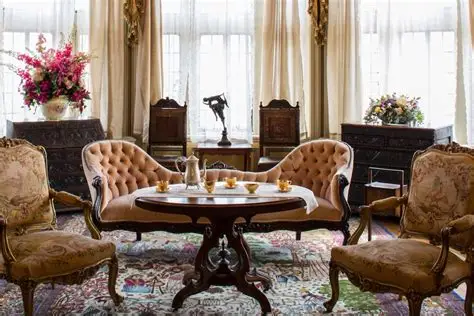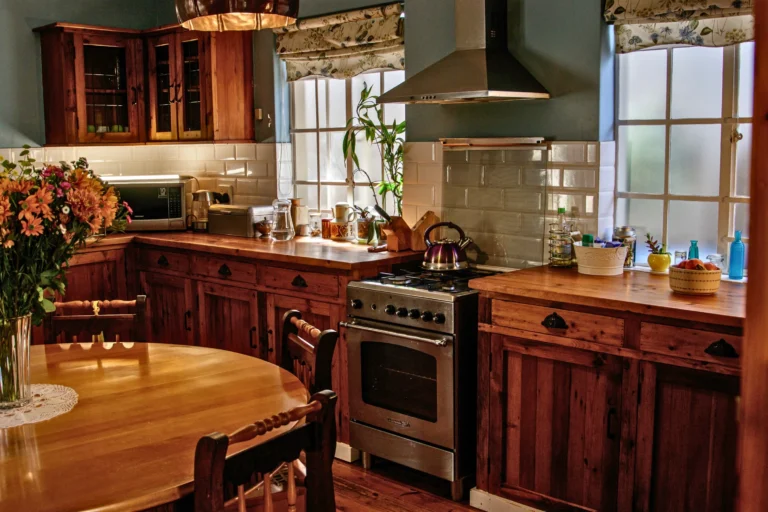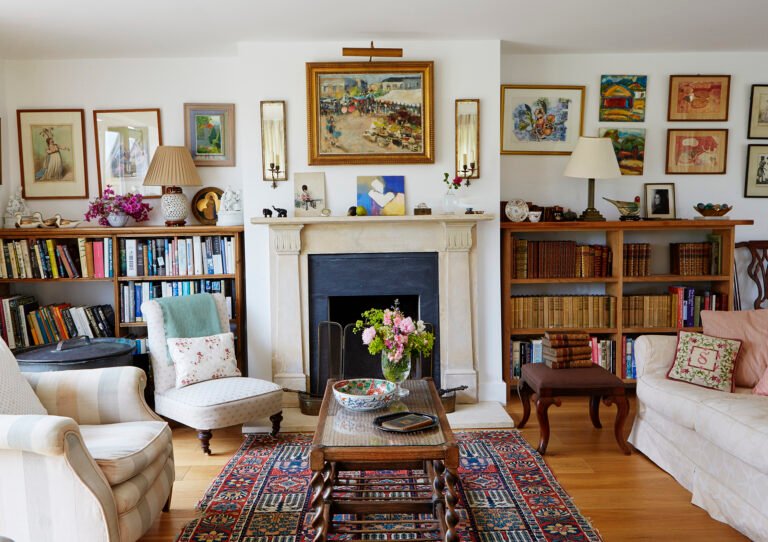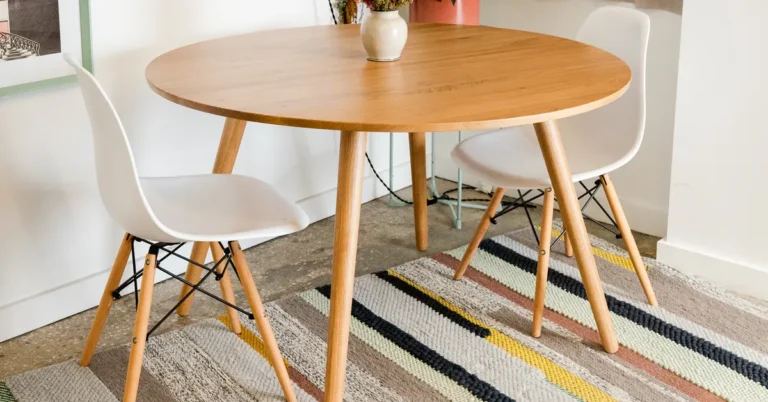
How to Value and Appraise Antique Furniture
Valuing and appraising antique furniture is essential for collectors, buyers, and sellers. Understanding a piece’s worth involves examining its age, craftsmanship, condition, provenance, and market trends. Accurate appraisal ensures fair pricing and protects your investment.
Assess the Age
Antique furniture is typically defined as being at least 100 years old. Determine the approximate age by examining construction techniques, materials, finishes, and design styles. Hand-cut joinery, natural wood patina, and period-specific details are strong indicators of age.
Examine Craftsmanship
High-quality craftsmanship increases an antique’s value. Look for dovetail joints, mortise-and-tenon connections, and hand-carved details. Solid hardwoods, precision in design, and uniform construction reflect skilled workmanship, while mass-produced pieces are generally less valuable.
Evaluate Condition
Condition greatly affects an antique’s worth. Inspect for cracks, warping, loose joints, or missing hardware. Minor wear and natural aging usually do not diminish value significantly, but extensive damage or poor restoration can reduce it. Assess whether repairs were professionally done or if the piece has been over-restored.
Consider Provenance
Provenance refers to the documented history of a piece. Furniture with verifiable origin, notable previous owners, or historical significance is often more valuable. Look for labels, signatures, or records that can confirm authenticity and add to its desirability.
Identify Rarity and Demand
Rare pieces, limited production items, or furniture from sought-after makers or regions typically command higher prices. Market demand also influences value; trends in interior design, collector interest, and regional popularity should be considered.
Research Comparable Sales
Check auction results, dealer listings, and online marketplaces for similar pieces. Comparing prices helps establish a realistic value range. Take note of differences in condition, size, and provenance, as these factors can affect pricing.
Seek Professional Appraisal
Certified appraisers provide expert evaluations and documentation that may be necessary for insurance, sale, or estate purposes. Their expertise ensures accurate and credible valuations.
Conclusion
Valuing and appraising antique furniture requires careful observation, research, and knowledge of craftsmanship, condition, provenance, rarity, and market trends. By combining these factors, collectors and buyers can make informed decisions, protect their investments, and appreciate the historical and aesthetic value of antique furniture.







